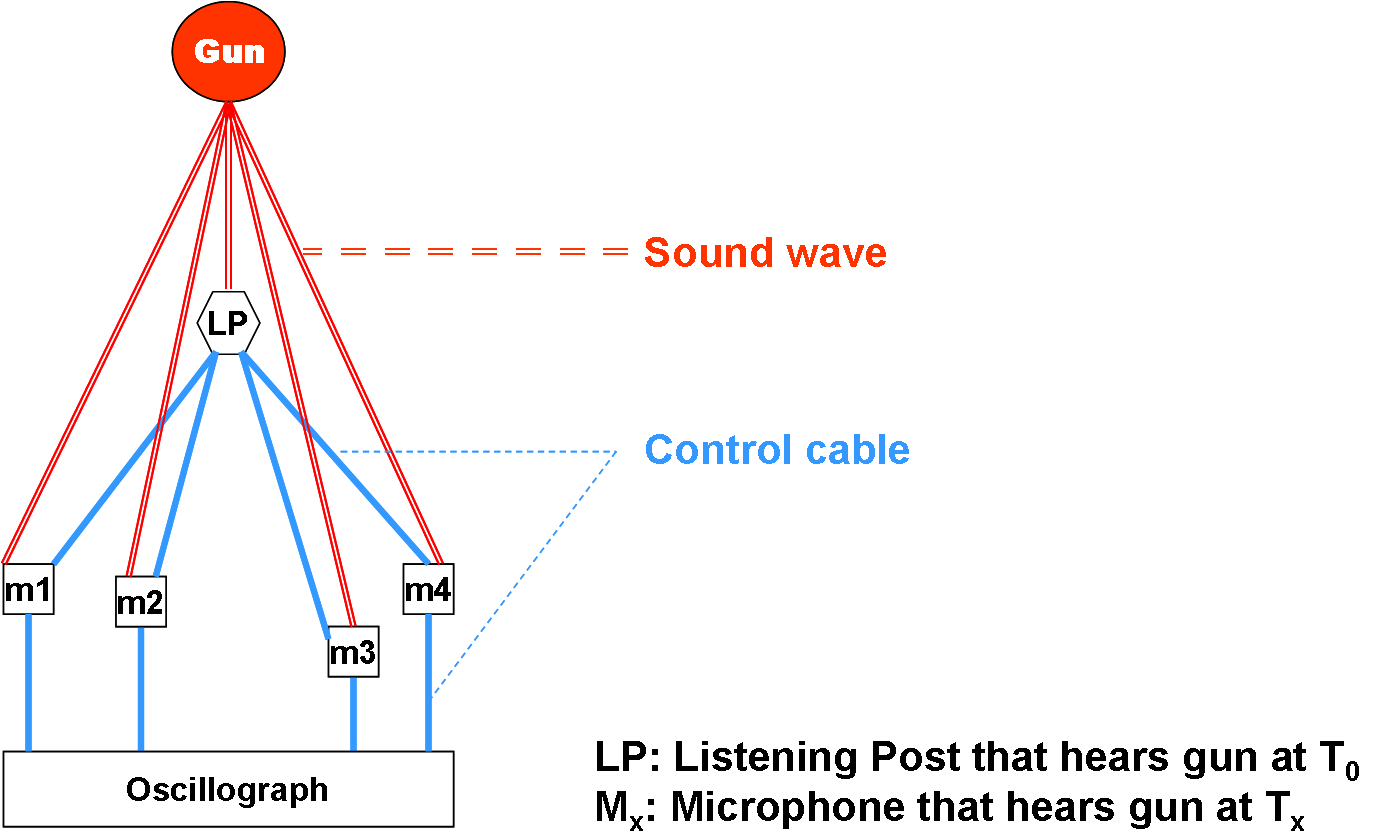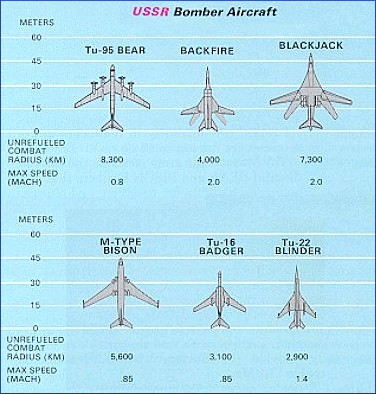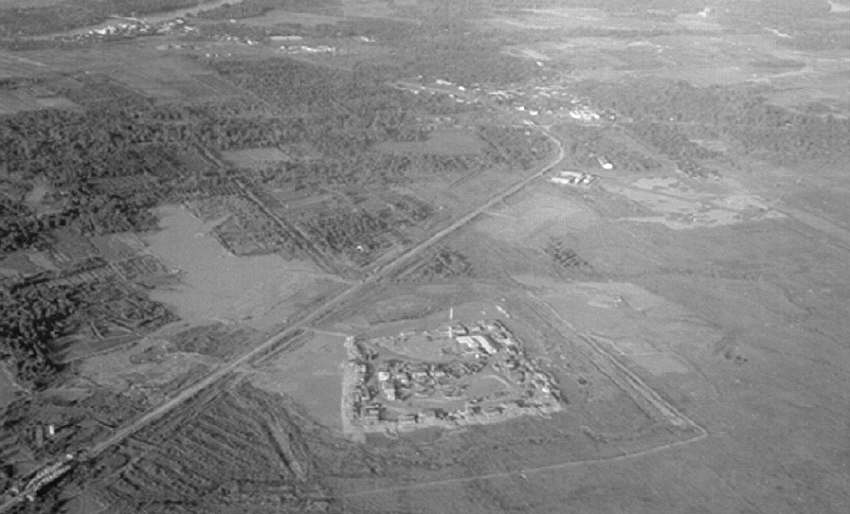|
Casualty Estimation
Casualty estimation often refers to the process of statistically estimating the number of injuries or deaths in a battle or natural disaster that has already occurred. Estimates based on detailed information on individual deaths, but also extending to statistical extrapolations, became known as casualty recording in the early twenty-first century. Casualty prediction is the process of estimating the number of injuries or deaths that might occur in a planned or potential battle or natural disaster. Measures used to imply casualties include: * Reported number of kills * Number of enemy individual weapons captured after engagement * Number of tanks and aircraft lost * Remote sensing of mass graves Methods Measurement and signature intelligence alone cannot give a reasonable estimate of casualties. What Spectroscopic MASINT can do is help find mass graves. Geophysical MASINT can help localize metal and possibly bodies at that site. TECHINT is needed if there are weapons or artifacts ... [...More Info...] [...Related Items...] OR: [Wikipedia] [Google] [Baidu] |
Casualty Recording
Casualty recording is the systematic and continuous process of documenting individual direct deaths from armed conflict or widespread violence. It aims to create a comprehensive account of all deaths within a determined scope, usually bound by time and location. Parameters At minimum, casualty recording typically involves documenting the date and location of a violent incident; the number of people killed; the means of violence or category of weapon used; and the party responsible. Casualty recording differs from casualty tracking by military actors to track the effects of their operations on the civilian population for the purpose of improving their procedures and reducing civilian casualties. A defining feature of casualty recording is that it is victim-centric and seeks to establish the identity of every fatality including name, age, sex, and other relevant demographic details. Where relevant to the conflict context, this may also include ethnicity and religious or politic ... [...More Info...] [...Related Items...] OR: [Wikipedia] [Google] [Baidu] |
Casualty Prediction
Casualty prediction is the science of predicting the number of deaths or injuries that may result from an epidemic, natural disaster or act of war such as the explosion of a nuclear weapon, chemical weapon or biological weapon. ( Casualty estimation is the process of estimating the number of injuries or deaths in a battle or natural disaster that has already occurred.) The New York University Large Scale Emergency Readiness Project applies agent-based modelling to simulate the effects of a large-scale disaster. Their initial project focused on modelling a 1998 Brazilian food-poisoning incident involving 8,000 injuries and 16 deaths. Blast casualty prediction is routinely performed in the planning of military operations. For example, a cruise missile attack was considered by the United States in 1998 for Tarnak Farms in order to kill Osama bin Laden. However, not enough was known about the collateral damage effects of cruise missiles on mud huts. At the time there were estimat ... [...More Info...] [...Related Items...] OR: [Wikipedia] [Google] [Baidu] |
Electro-optical MASINT
Electro-optical MASINT is a subdiscipline of Measurement and Signature Intelligence, (MASINT) and refers to intelligence gathering activities which bring together disparate elements that do not fit within the definitions of Signals Intelligence (SIGINT), Imagery Intelligence (IMINT), or Human Intelligence (HUMINT). Electro-optical MASINT shares some similarities with IMINT, but is distinct from it. IMINT's primary goal is to create a picture, composed of visual elements understandable to a trained user. Electro-optical MASINT helps validate that picture, so that, for example, the analyst can tell if an area of green is vegetation or camouflage paint. Electro-optical MASINT also generates information on phenomena that emit, absorb, or reflect electromagnetic energy in the infrared, visible light, or ultraviolet spectra, phenomena where a "picture" is less important than the amount or type of energy reported. For example, a class of satellites, originally intended to give early warn ... [...More Info...] [...Related Items...] OR: [Wikipedia] [Google] [Baidu] |
Geophysical MASINT
Geophysical MASINT is a branch of Measurement and Signature Intelligence (MASINT) that involves phenomena transmitted through the earth (ground, water, atmosphere) and manmade structures including emitted or reflected sounds, pressure waves, vibrations, and magnetic field or ionosphere disturbances. According to the United States Department of Defense, MASINT has technically derived intelligence (excluding traditional imagery IMINT and signals intelligence Signals intelligence, SIGINT) that – when collected, processed, and analyzed by dedicated MASINT systems – results in intelligence that detects, tracks, identifies or describes the signatures (distinctive characteristics) of fixed or dynamic target sources. MASINT was recognized as a formal intelligence discipline in 1986. Another way to describe MASINT is a "non-literal" discipline. It feeds on a target's unintended emissive by-products, the "trails" - the spectral, chemical or RF that an object leaves behind. These trails f ... [...More Info...] [...Related Items...] OR: [Wikipedia] [Google] [Baidu] |
TECHINT
Technical intelligence (TECHINT) is intelligence about weapons and equipment used by the armed forces of foreign nations. The related term, scientific and technical intelligence, addresses information collected or analyzed about the broad range of foreign science, technology, and weapon systems. Technical intelligence Technical intelligence is intended primarily to counter technological surprise. Knowledge of the characteristics and capabilities of enemy weapons allows nations to develop effective countermeasures for them. Occasionally, armed forces adopt technology developed by foreign nations. The jerrycan of World War II is an example of foreign equipment adopted by the US Army. Technical intelligence should not be confused with intelligence obtained "by technical means". That is a term of art used in discussion of disarmament to mean information gathered by various sorts of cameras, sensors, or other devices. Technical intelligence is the product: "technical intelligence— ... [...More Info...] [...Related Items...] OR: [Wikipedia] [Google] [Baidu] |
Vietnam War
The Vietnam War (1 November 1955 – 30 April 1975) was an armed conflict in Vietnam, Laos, and Cambodia fought between North Vietnam (Democratic Republic of Vietnam) and South Vietnam (Republic of Vietnam) and their allies. North Vietnam was supported by the Soviet Union and China, while South Vietnam was supported by the United States and other anti-communist nations. The conflict was the second of the Indochina wars and a proxy war of the Cold War between the Soviet Union and US. The Vietnam War was one of the postcolonial wars of national liberation, a theater in the Cold War, and a civil war, with civil warfare a defining feature from the outset. Direct United States in the Vietnam War, US military involvement escalated from 1965 until its withdrawal in 1973. The fighting spilled into the Laotian Civil War, Laotian and Cambodian Civil Wars, which ended with all three countries becoming Communism, communist in 1975. After the defeat of the French Union in the First Indoc ... [...More Info...] [...Related Items...] OR: [Wikipedia] [Google] [Baidu] |
David Hackworth
Colonel David Haskell Hackworth (November 11, 1930 – May 4, 2005) was a United States Army officer and journalist, who was highly decorated in both the Korean War and Vietnam War. Hackworth is known for his role in the formation and command of Tiger Force, a military unit from the 101st Airborne Division that used guerrilla warfare tactics against Viet Cong in South Vietnam. He was the youngest US colonel in Vietnam at the time of his promotion. He was described by General Creighton Abrams, who commanded all US military operations from 1968 to 1972 in Vietnam, as "the best battalion commander I ever saw in the United States Army." Early life Hackworth was born in Ocean Park, California (now part of Santa Monica), on November 11, 1930, the son of Leroy E. Hackworth and Lorette (Kensly) Hackworth. His parents both died before he was a year old, so he and his brother and sister were raised by Ida Stedman, their paternal grandmother. The family had to rely on government aid d ... [...More Info...] [...Related Items...] OR: [Wikipedia] [Google] [Baidu] |
Earthquakes
An earthquakealso called a quake, tremor, or tembloris the shaking of the Earth's surface resulting from a sudden release of energy in the lithosphere that creates seismic waves. Earthquakes can range in intensity, from those so weak they cannot be felt, to those violent enough to propel objects and people into the air, damage critical infrastructure, and wreak destruction across entire cities. The seismic activity of an area is the frequency, type, and size of earthquakes experienced over a particular time. The seismicity at a particular location in the Earth is the average rate of seismic energy release per unit volume. In its most general sense, the word ''earthquake'' is used to describe any seismic event that generates seismic waves. Earthquakes can occur naturally or be induced by human activities, such as mining, fracking, and nuclear weapons testing. The initial point of rupture is called the hypocenter or focus, while the ground level directly above it is the epi ... [...More Info...] [...Related Items...] OR: [Wikipedia] [Google] [Baidu] |
Civil Defense
Civil defense or civil protection is an effort to protect the citizens of a state (generally non-combatants) from human-made and natural disasters. It uses the principles of emergency management: Risk management, prevention, mitigation, preparation, response, or emergency evacuation and recovery. Programs of this sort were initially discussed at least as early as the 1920s and were implemented in some countries during the 1930s as the threat of war and strategic bombing, aerial bombardment grew. Civil-defense structures became widespread after authorities recognised the threats posed by nuclear weapons. Since the end of the Cold War, the focus of civil defense has largely shifted from responding to military attack to dealing with emergencies and disasters in general. The new concept is characterised by a number of terms, each of which has its own specific shade of meaning, such as ''crisis management'', ''emergency management'', ''emergency preparedness'', ''Contingency plan, co ... [...More Info...] [...Related Items...] OR: [Wikipedia] [Google] [Baidu] |
Body Count
A body count is the total number of people killed in a particular event. In combat, a body count is often based on the number of confirmed kills, but occasionally only an estimate. Often used in reference to military combat, the term can also refer to any situation involving multiple killings, such as the actions of death squads or serial killers. The military gathers such figures for a variety of reasons, such as determining the need for continuing operations, estimating efficiency of new and old weapons systems, and planning follow-up operations. The term has since been used to describe the number of sexual partners a person has engaged with. Military use "Body count" figures have a long history in military planning and propaganda. Sassanian Empire According to Procopius Procopius of Caesarea (; ''Prokópios ho Kaisareús''; ; – 565) was a prominent Late antiquity, late antique Byzantine Greeks, Greek scholar and historian from Caesarea Maritima. Accompanying the R ... [...More Info...] [...Related Items...] OR: [Wikipedia] [Google] [Baidu] |
Loss Exchange Ratio
Loss exchange ratio is a figure of merit in attrition warfare, and is generally defined as the ratio of the losses (e.g., casualties) sustained by each side in a conflict. It is usually relevant to a condition or state of war where one side depletes the resources of another through attrition. Specifically and most often used as a comparator in aerial combat, where it is known as a kill-ratio. Historical applications Loss exchange ratio has played a significant role in past wars, especially those that have devolved into stalemate and become wars of attrition warfare, attrition. For example, the German objective at the Battle of Verdun (1916) during World War I was not the seizure of any strategic objective, but rather to inflict an LER of 2:1 on the French forces and thereby cripple the French army. During the First Indochina War, Võ Nguyên Giáp, the leader of the Việt Minh, told his French opposite number that "you can kill ten of my men for every one I kill of yours, and a ... [...More Info...] [...Related Items...] OR: [Wikipedia] [Google] [Baidu] |





